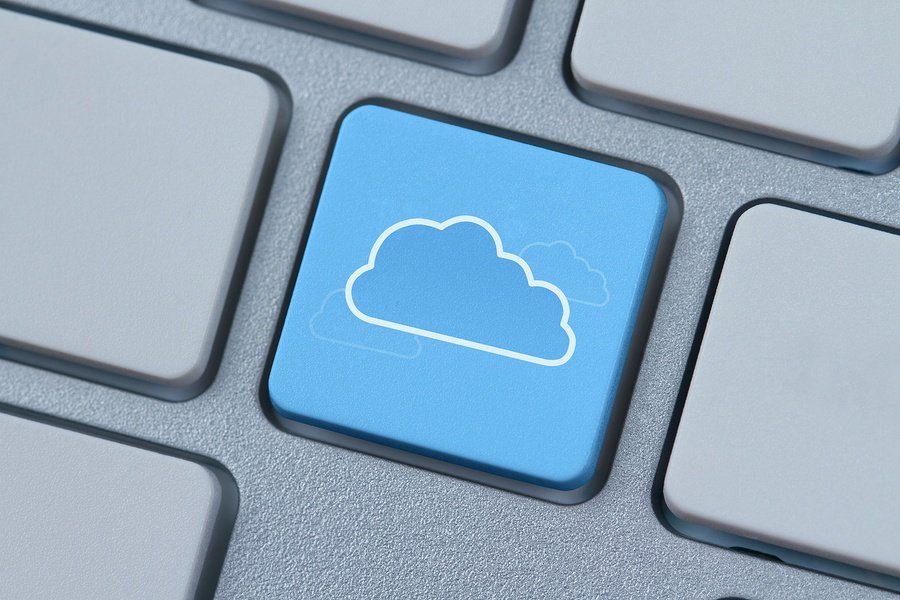 Migrating to the cloud is often overwhelming for business owners. Do I need to enlist outside help? What is the first step I need to take? Will my employees be on board? These are just some of the questions running through every business owner’s head before making the leap to cloud computing. If you’re wondering how to make your cloud migration smoother, check out this article from InfoWorld.
Migrating to the cloud is often overwhelming for business owners. Do I need to enlist outside help? What is the first step I need to take? Will my employees be on board? These are just some of the questions running through every business owner’s head before making the leap to cloud computing. If you’re wondering how to make your cloud migration smoother, check out this article from InfoWorld.
Migration to the cloud is a journey that presents new challenges. Along the way, you need to consider more details than you first thought, and there are many paths available to move applications, but not all of them are right for your migration.
The first step for every migration is to define the types of workloads you need to migrate. This does not mean each application, but the patterns of processing that the applications comprise. You must determine what those patterns are, then place existing workloads in each pattern.
For example, let’s say these three patterns of workloads exist in your enterprise:
– Database-intensive
– Compute-intensive
– User interface-intensive
Let’s say you have 100 applications. It’s simply a matter of placing each application in each workload pattern. That way, from a planning and conceptual perspective, you’re dealing with only three types of workloads, not 100 applications.
By using workload patterns, you can place the applications and data in the proper cloud configuration selected to service that type of workload pattern. For example, database-intensive workloads need a cloud and cloud configuration that provides fast storage services, whereas compute-intensive workloads need faster server processors.
To read the article in its entirety, click here.
Great Lakes Offers Cloud Computing
If you’re looking to move your business operations into the cloud, we’re here to help. Whether you’re considering a small step by moving your email server to Office 365 or you’re ready for our complete cloud solution, Great Lakes is ready to guide you and help you make the transition.




